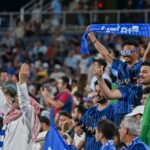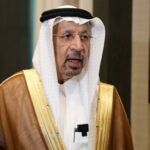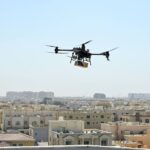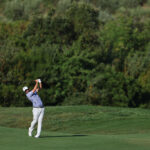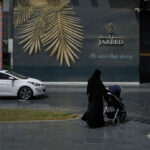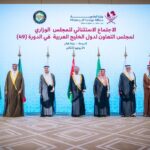Writing Peace
Peace is being written in new Israeli-Emirati art exhibit
In the flow and swirl of calligraphic scripts, Israeli and Emirati-based artists write a new story in wake of Abraham Accords
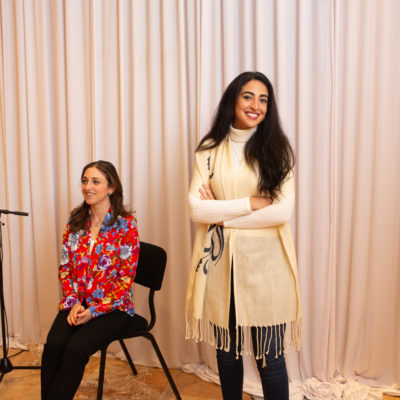
Courtesy
At a new Jerusalem exhibition featuring works by Israeli and Emirati-based artists, the writing is literally on the wall.
Entitled “Maktoub,” which means both “written” and “destined” in Arabic, some 29 pieces by 10 artists – five based in...



